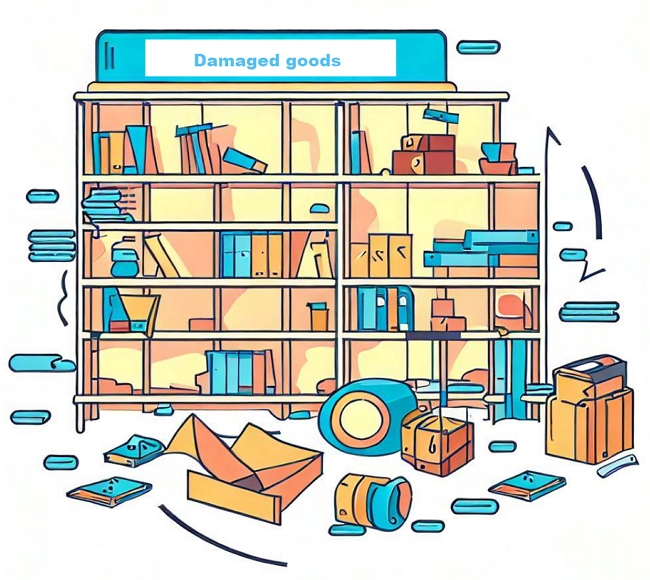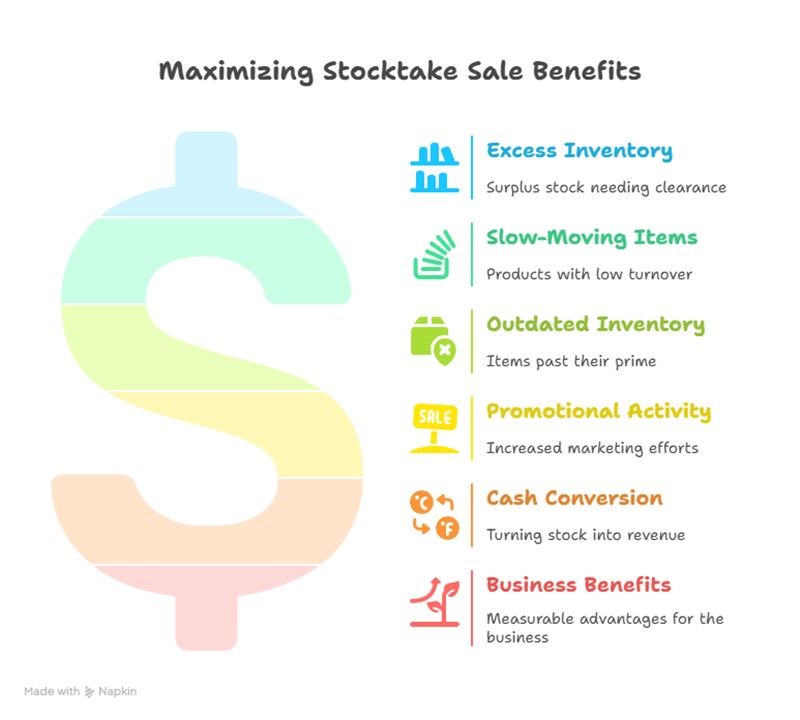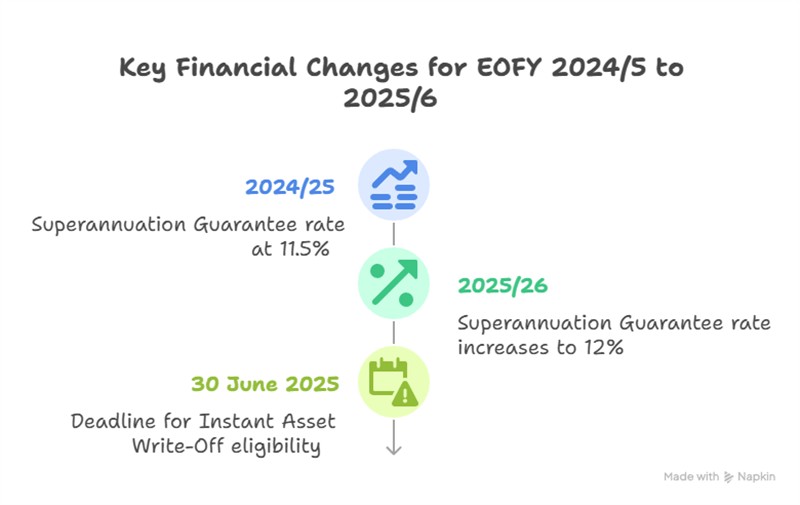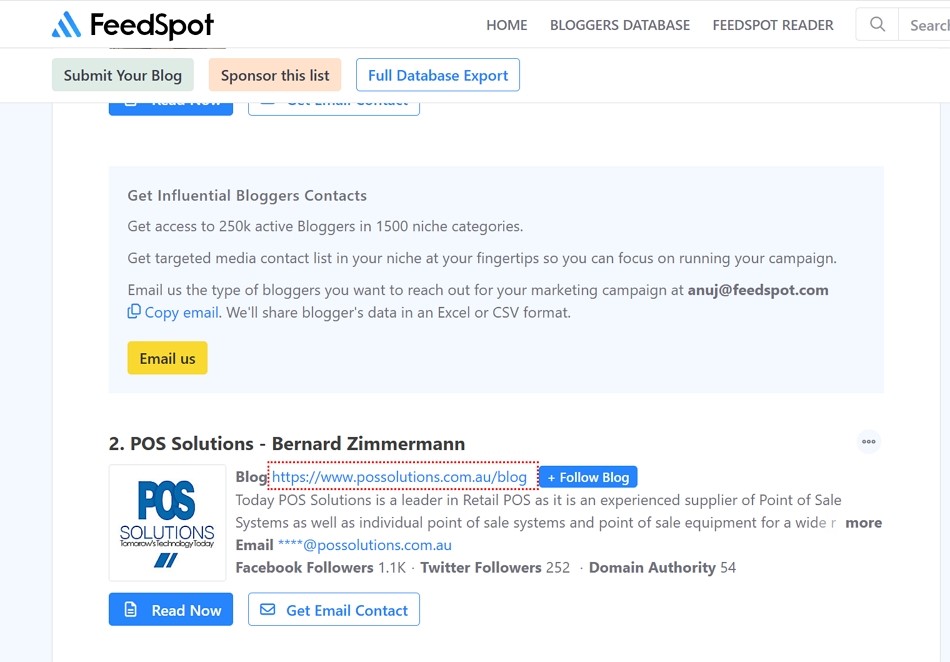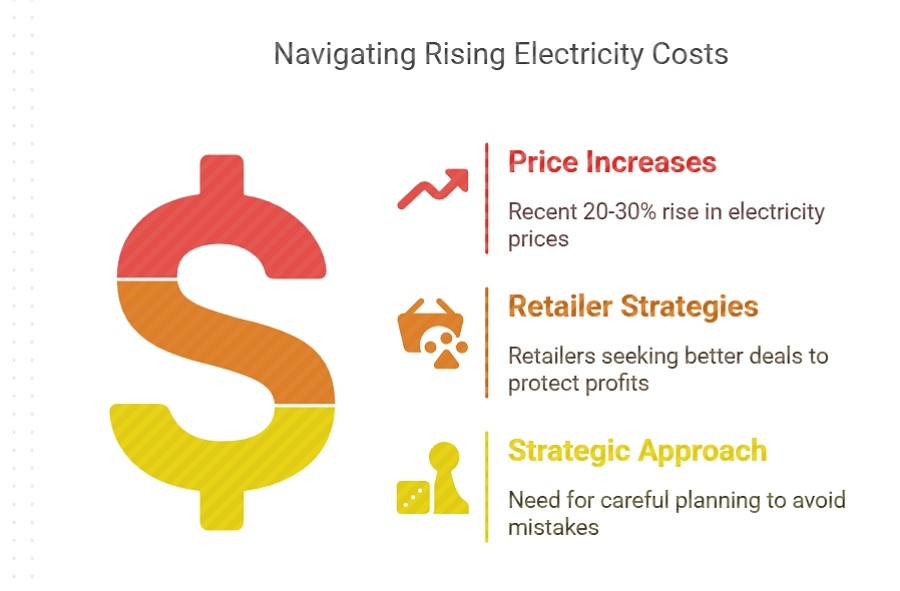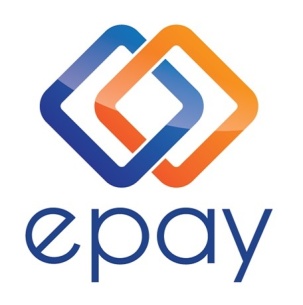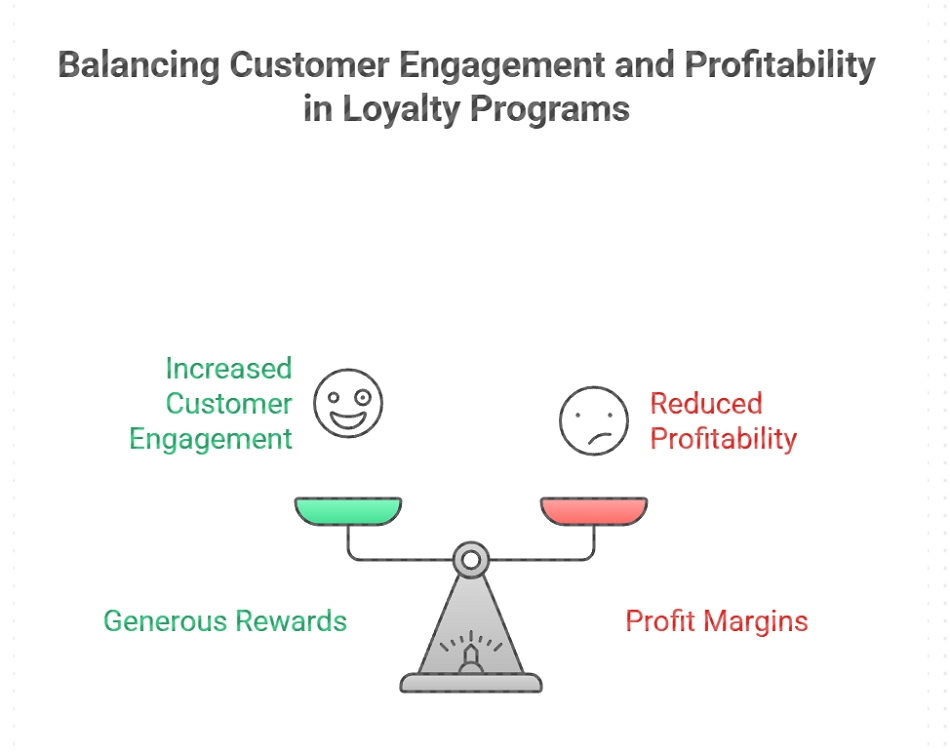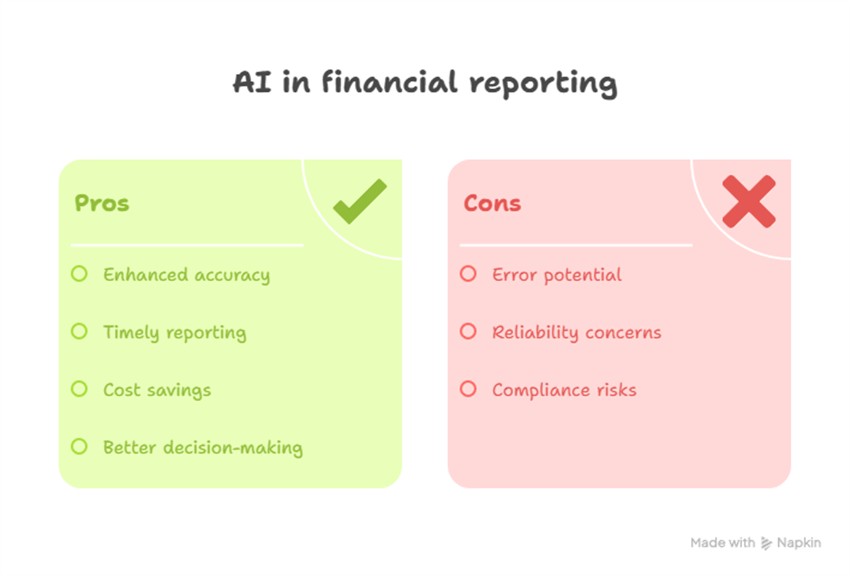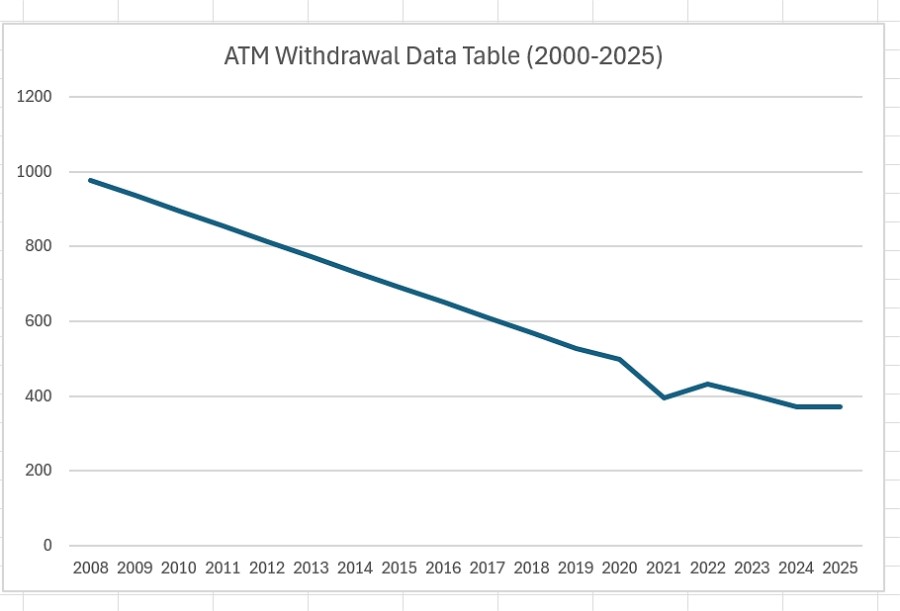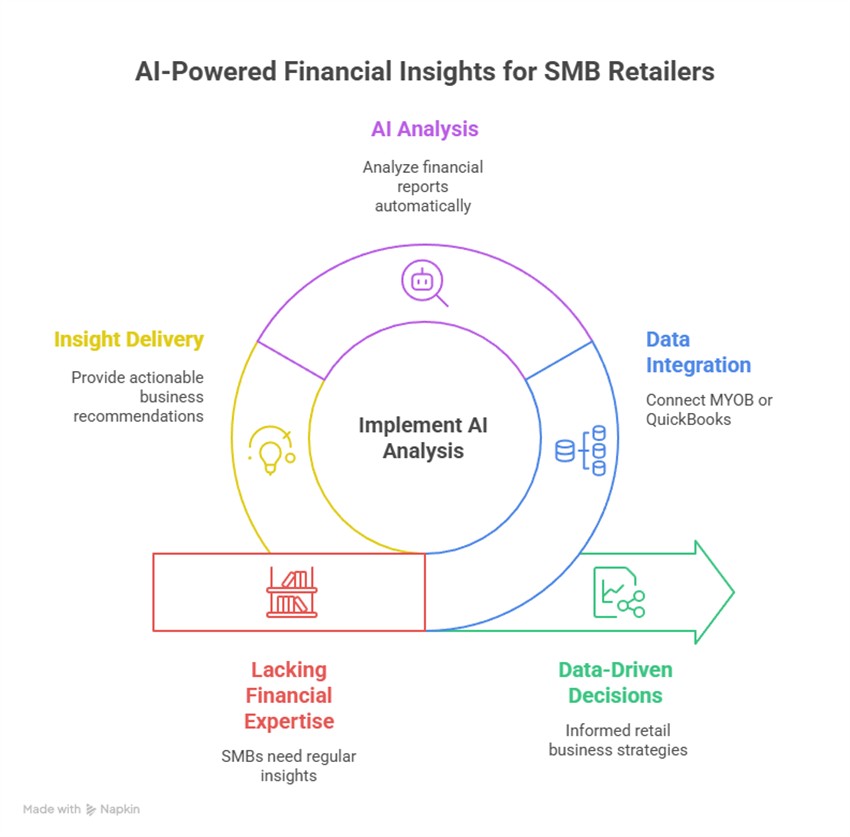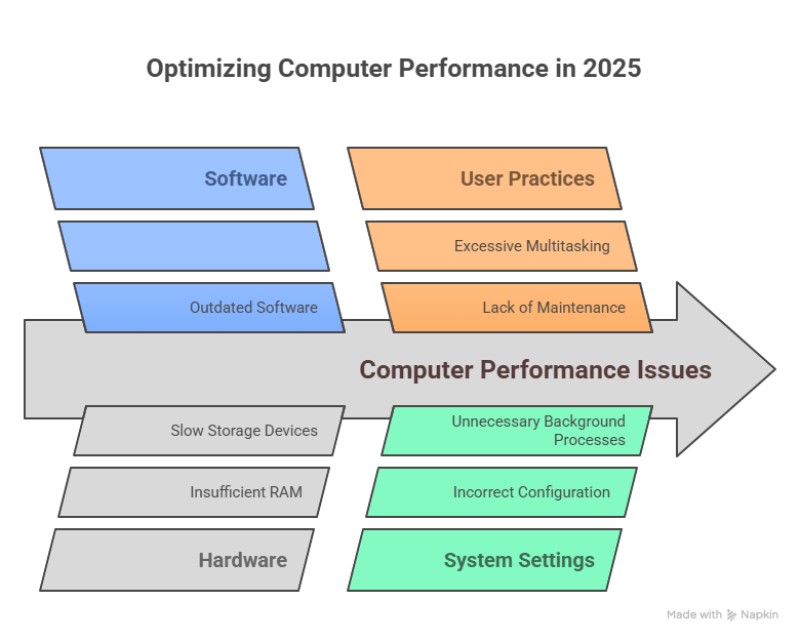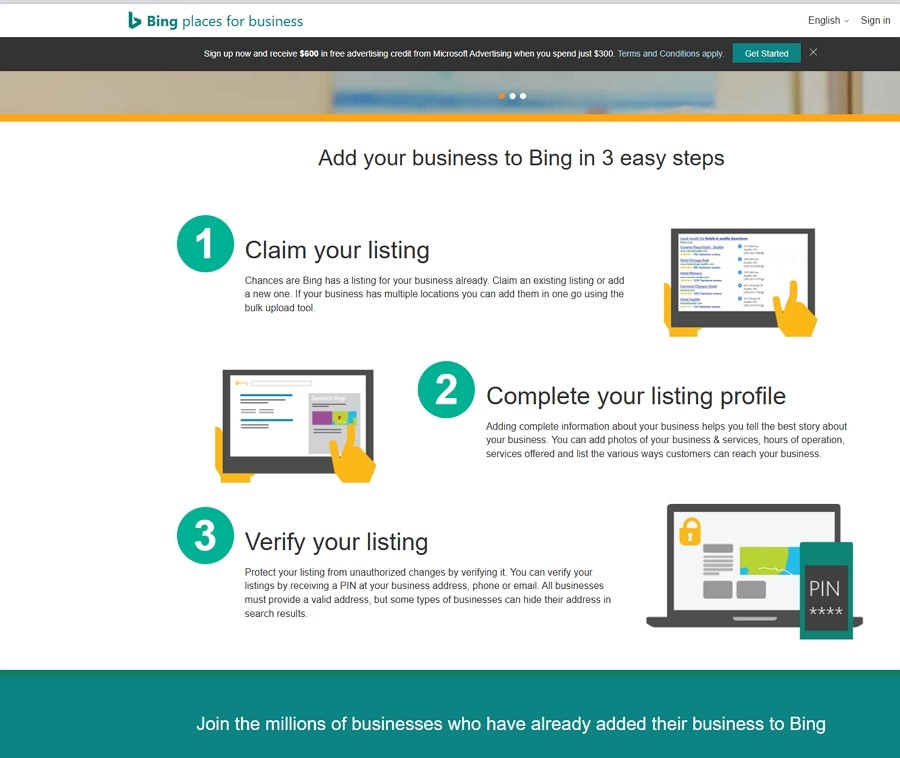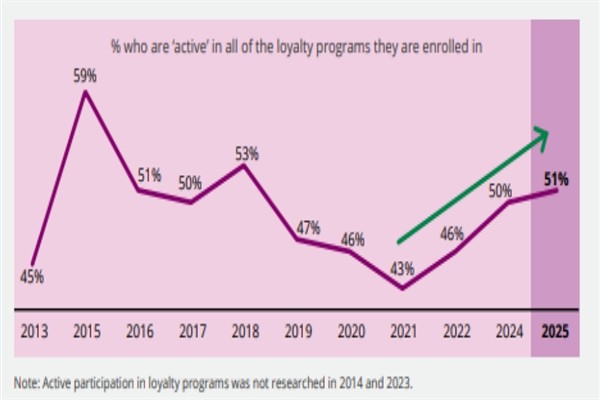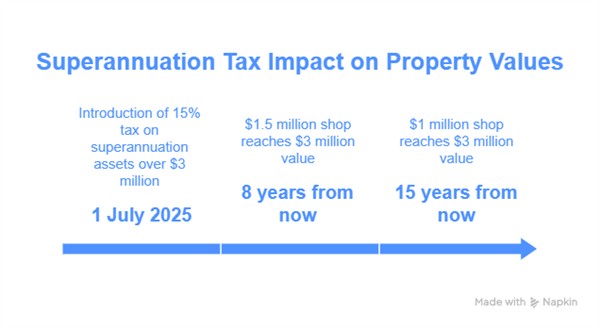AI analysis limitations in retail
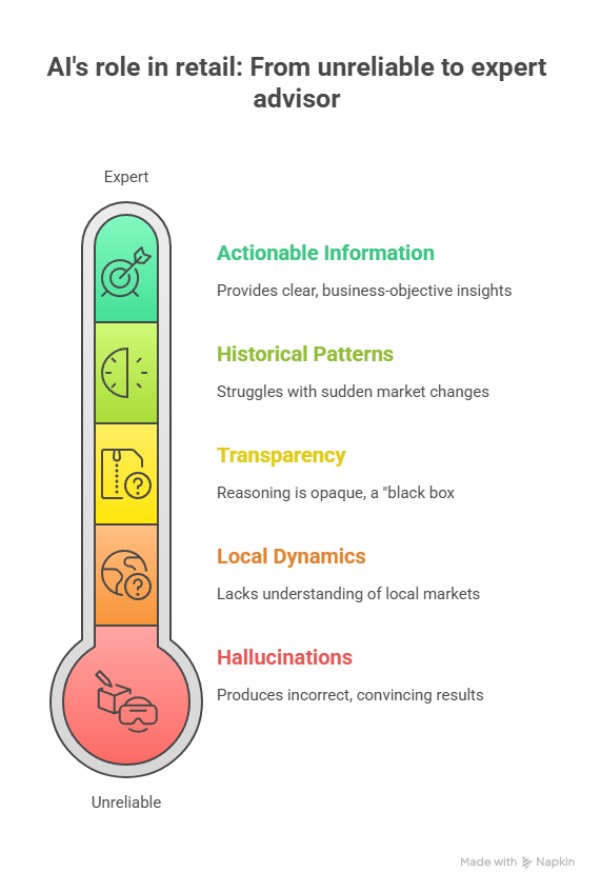
Australian retailers are today exploring AI-powered POS analysis to gain deeper insights from their POS system reports. While AI offers substantial potential, it is crucial to understand its current limitations, especially when integrating it with POS system analytics in today's business.
What I would like to discuss is the issue of utilising the information in your POS System to drive an AI analysis. It is something that my company was one of the first to explore with OpenAI, the creators of what is now ChatGPT, years ago.
Data Quality and System Integration
Like any advice, the effectiveness of AI-driven POS analytics depends on the quality and completeness of the information we give it. If the information you feed it has errors, then I doubt analysis will help. That is why a manual review of the information you are feeding the AI is so critical. It is also why many are saying that now is the best time to utilise AI to review your stock, as the information in your POS System has been verified during the stocktake you have just completed.
These data challenges lay the groundwork for further issues, such as the risk of AI hallucinations, which we explore next.
Hallucinations
Hallucinations are not just an AI problem. In human conversation, topics often drift, leading to another topic. AI can behave similarly, sometimes producing nonsensical or, worse, convincing but incorrect results.
The significant issue here, at worst, is that the AI has said something so convincing that it's difficult to dispute its accuracy. Our clients have sent me such examples.
In contrast, programmers audit traditional POS system reports, which are based directly on actual transaction data and clients' stated needs. It provides you with focused information on the real needs of the business and greater reliability for informed business decisions. An example is a report generated by an AI system, Perlexity, that incorrectly identified a non-existent sales trend a newsagent sent me. If the newsagent had listened to it, they would have ordered a lot of unsellable stock.
Local Market Dynamics
AI systems often lack a sophisticated understanding of local market conditions, regulatory requirements, and cultural factors that significantly impact Australian retail operations. This limitation becomes evident when AI tools recommend a strategy to one of our clients based on an American holiday or season that is of minor significance in Australia. A classic example, which I recently discussed here, was a gardening tip from the US, where the seasons are reversed. An excellent tip for gardening in spring is of little use to an Australian retailer in autumn.
When you ask an AI for advice, you have, like any other advisor, to tell it of what we call localisation issues that your shop faces. For example, say you are a pet supplier. There is a significant difference in the advice someone would give you if you are a large retailer with a small department for pet supplies or a small business exclusive pet retailer. Before asking for advice, specify as much as possible; for example, it's better to say, rather than
"What can you tell me I should do based on this information?"
say
"My Pet Shop is in the Dingley Village Shopping Centre, which is a well-established neighbourhood retail hub anchored by Woolworths, which generates steady daily foot traffic and creates strong cross-shopping opportunities for specialty stores like my pet shop. The centre's tenant mix is focused on essential services, making it resilient to economic fluctuations and attractive to the local community, which is characterised by above-average incomes and a family-oriented demographic. While Woolworths' in-store pet section, internet and nearby major pet chains present direct competition, the centre's strong local customer base and consistent visitor flow provide a solid foundation for us.
Now, what can you tell me based on the information from my POS System that I am giving you now?"
I find using AI to create such a summary works well. Once you have it store this description as you will often need it once you start analysing with AI. Many AIs allow you to make a character for your shop. I will discuss this more in another post.
The information you get now is much more relevant.
Transparency of the advice
Due to the way AI operates, it's often impossible to follow the reasoning. We call it a "Black Box". We know what we put in, and we see what we get out, but how does it go from in to out? Most of us, if we do not understand the logic, are reluctant to use it, and with the hallucination issue, it may be dangerous to follow its advice.
Historical Patterns
What I love about AI is that it's terrific at finding incredible patterns in your information. Still, it can struggle to adapt quickly to sudden market changes or unprecedented events that it is not aware of. Retail markets often change rapidly, requiring immediate strategic adjustments.
What you need to do here is tell the AI when this happens.
"redo as what you should have taken into account ....blaa blaa blaa........".
Like any advisor, you often need to give them another go if they get it wrong.
AI often requires multiple attempts to achieve satisfactory results.
Technical Implementation and Operational Requirements
Successfully utilising AI analytics for POS data requires some practice to build up your technical expertise. It's not hard, but like most things, it does take some practice. The more you use it, the better results you will get and the more you will get out of it.
Please, based on my experience, the most reliable way to feed your POS data into an AI tool is by exporting reports as Excel or CSV files. Excel is better, but some AIs do not like it. If so, use CSV. Both provide a standardised format that the AI is designed to process. When you supply your information, do not simply import your existing reports to get quality insights. The less you ask the AI to guess, the better.
Creating an Excel or CSV file is simple in our POS System. From any report, press the red arrow.
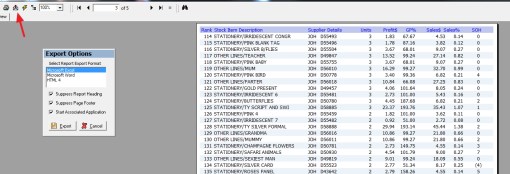
However, most POS Systems can export your reports into Excel or CSV.
Use Excel or CSV, not the report, which often invites trouble.
Actionable information
Having extensive volumes of information is rarely much use; what we need are actionable insights. Many experience that when this happens, paralysis reduces decision-making efficiency rather than enhancing it. What I suggest you do is, if the AI does this, ask it, "What actionable steps that directly support our business objectives and operational improvements can you make from this?"
The Essential Role of Your Expertise
For AI today, human judgment is essential. It's your business, your livelihood and ultimately your decision. It's crucial to double-check before making business decisions.
How to use AI for Retail
The key to successful AI implementation lies in viewing its limitations as opportunities for strategic improvement. Retailers who set realistic expectations and thoroughly validate can gain advantages while ensuring operational reliability.
AI is brilliant, but you need to be thinking too.
Written by:

Bernard Zimmermann is the founding director of POS Solutions, a leading point-of-sale system company with 45 years of industry experience, now retired and seeking new opportunities. He consults with various organisations, from small businesses to large retailers and government institutions. Bernard is passionate about helping companies optimise their operations through innovative POS technology and enabling seamless customer experiences through effective software solutions.


